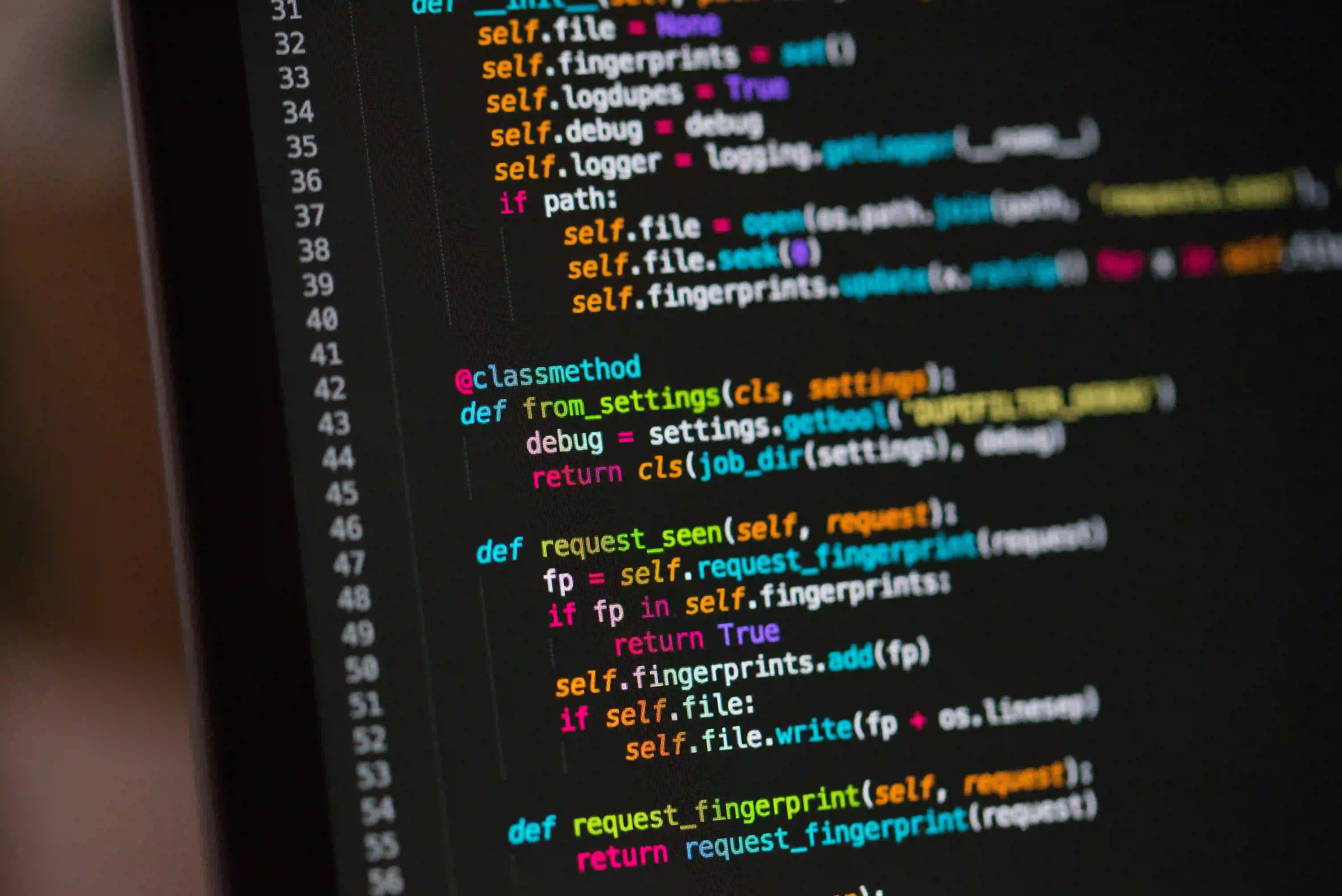Understanding Jakarta EE Transition Challenges from Java EE

Understanding Jakarta EE Transition Challenges from Java EE
The transition from Java EE (Enterprise Edition) to Jakarta EE signifies a monumental shift in the realm of enterprise application development. With a name change and new governance under the Eclipse Foundation, significant challenges accompany these updates. This article delves into the intricacies of this transition, potential challenges for developers, and how you can adapt your applications to take full advantage of the Jakarta EE ecosystem.
Before We Begin to Jakarta EE
Jakarta EE is the new incarnation of Java EE following Oracle's decision to transfer the stewardship of Java EE to the Eclipse Foundation. This change not only involved a change in branding but also carried legal implications that impacted how enterprise developers utilize the platform.
Understanding this transition is essential for developers and organizations heavily invested in Java EE.
What is Jakarta EE?
Jakarta EE builds upon the foundations of Java EE while aiming to ensure that the framework remains relevant in a rapidly evolving technology landscape. The primary goal is to enhance compatibility and foster community-driven innovation. For those new to Enterprise Java development, Jakarta EE continues to provide the capabilities for building robust, distributed applications.
For a better understanding, you may want to check the Jakarta EE specification.
Main Challenges in the Transition
1. Namespace Changes
One of the most significant changes between Java EE and Jakarta EE is the package namespace. In Java EE, your classes reside within javax.* packages, whereas Jakarta EE has migrated to jakarta.* packages.
Example of Namespace Change
For instance, if your old code looked like this:
import javax.persistence.Entity;
import javax.persistence.Table;
@Entity
@Table(name = "users")
public class User {
// fields, constructors, and methods...
}
In Jakarta EE, this would need to change to:
import jakarta.persistence.Entity;
import jakarta.persistence.Table;
@Entity
@Table(name = "users")
public class User {
// fields, constructors, and methods...
}
Why does this matter? Failing to adjust the namespaces will result in ClassNotFoundException and similar runtime errors. Therefore, a systematic audit of existing codebases is essential to ensure all imports reflect the new namespace.
2. Dependency Management
Transitioning to Jakarta EE also necessitates updates in dependency management. The dependencies that used to point to Java EE libraries will need to switch to their Jakarta EE counterparts.
Example Maven Changes
For instance, your pom.xml within a Maven project will require adjustments from:
<dependency>
<groupId>javax</groupId>
<artifactId>javaee-api</artifactId>
<version>8.0</version>
<scope>provided</scope>
</dependency>
To:
<dependency>
<groupId>jakarta</groupId>
<artifactId>jakartaee-api</artifactId>
<version>9.0</version>
<scope>provided</scope>
</dependency>
Changing your dependencies is crucial for ensuring that the build process fetches the appropriate libraries.
3. Compatibility Issues
While Jakarta EE aims to be backward-compatible, certain areas have undergone significant changes. Depending on the nature of your application, you may encounter incompatibilities upon migration.
- Third-party Libraries: If your project relies on third-party libraries that have not migrated to Jakarta EE, those dependencies may break.
- Frameworks: Frameworks such as Spring or Hibernate may also have nuances or incompatibilities with the newer standards.
The solution? It would be prudent to consult the documentation available through the frameworks you use and to explore alternatives when necessary.
4. Development Tools and IDE Support
With the transition to Jakarta EE, IDEs (Integrated Development Environments) and tools may also require updates. Different IDEs have varying levels of support for Jakarta EE.
Example with Eclipse IDE
For Eclipse IDE users, the transition may necessitate installing a version that supports Jakarta EE.
- Install Eclipse IDE (preferably the one bundled with Enterprise Java).
- Update your project settings to point to Jakarta libraries.
- Validate configuration to ensure that all IDE features like code completion and refactoring options are properly functioning.
Why is this essential? The tools you leverage significantly impact productivity, especially in large-scale enterprises, where deployment cycles can span weeks.
Steps for a Successful Migration
-
Assess Your Codebase: Document existing Java EE dependencies and identify areas that require refactoring.
-
Plan Your Namespace Changes: Compile a list of all imports and systematically update to the new
jakarta.*structure. Utilizing IDE features for find-and-replace can expedite this process. -
Update Dependencies: Update your Maven or Gradle files to reflect the new Jakarta EE dependencies, as shown previously.
-
Test Extensively: Conduct unit tests and integration tests to identify and rectify potential issues arising from the migration.
-
Engage with the Community: The Jakarta EE community is active and helpful. Utilize platforms like Eclipse Forums or Stack Overflow to seek assistance and share your experiences.
Final Considerations
Transitioning from Java EE to Jakarta EE presents specific challenges but also serves as an opportunity for developers to enhance their skills and adopt more modern practices in enterprise development.
By understanding the critical changes, adopting a structured approach to migration, and leaning on community resources, developers can navigate this transition seamlessly.
Stay aware of updates in the Jakarta EE ecosystem and keep your skills sharp to fully leverage the capabilities of enterprise Java development in the years to come.
This transformative transition not only holds value but also reinforces the need to stay current in a field that is continuously changing.
For more details and resources, feel free to explore the Jakarta EE website for documentation and updates.
